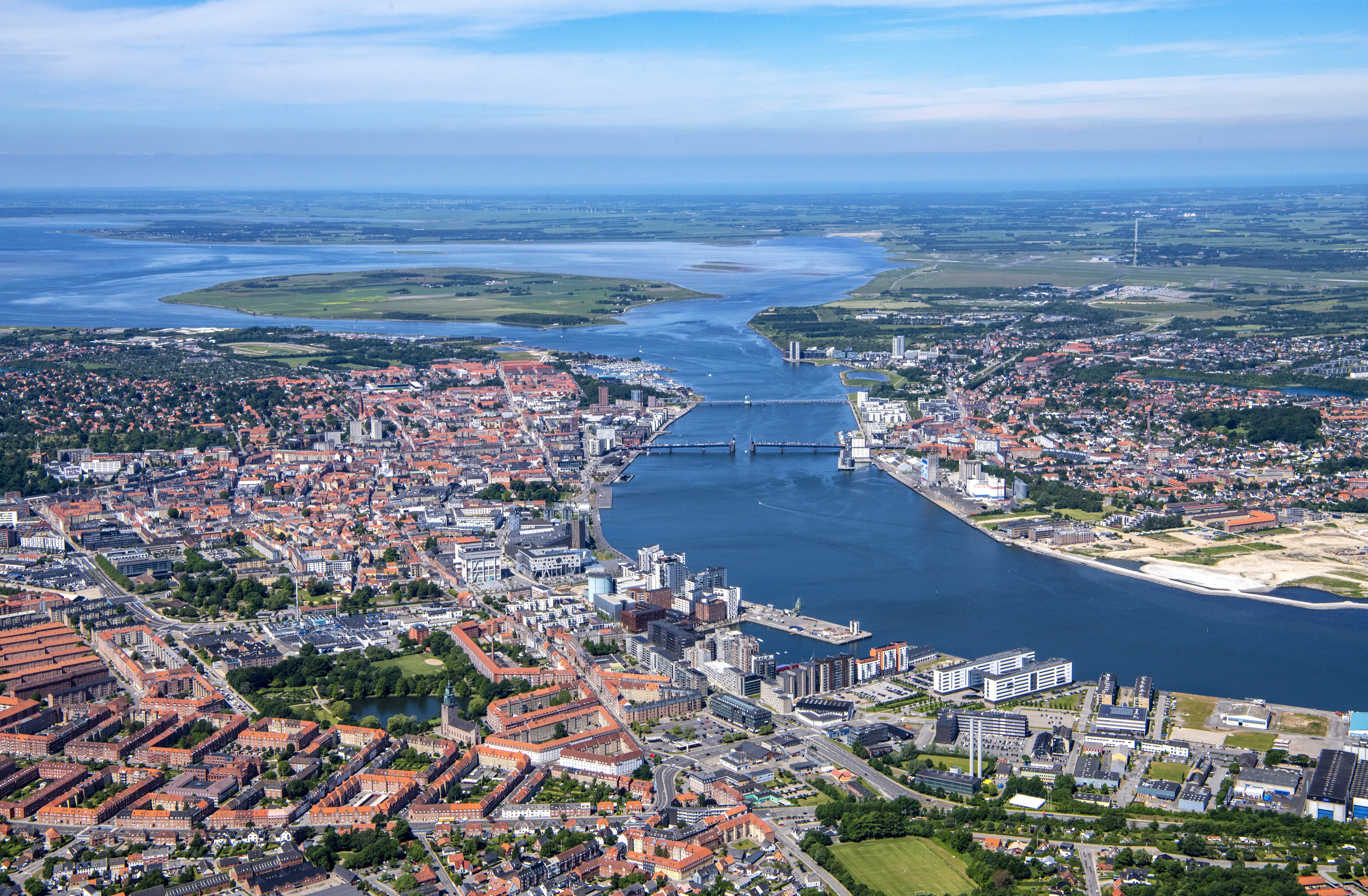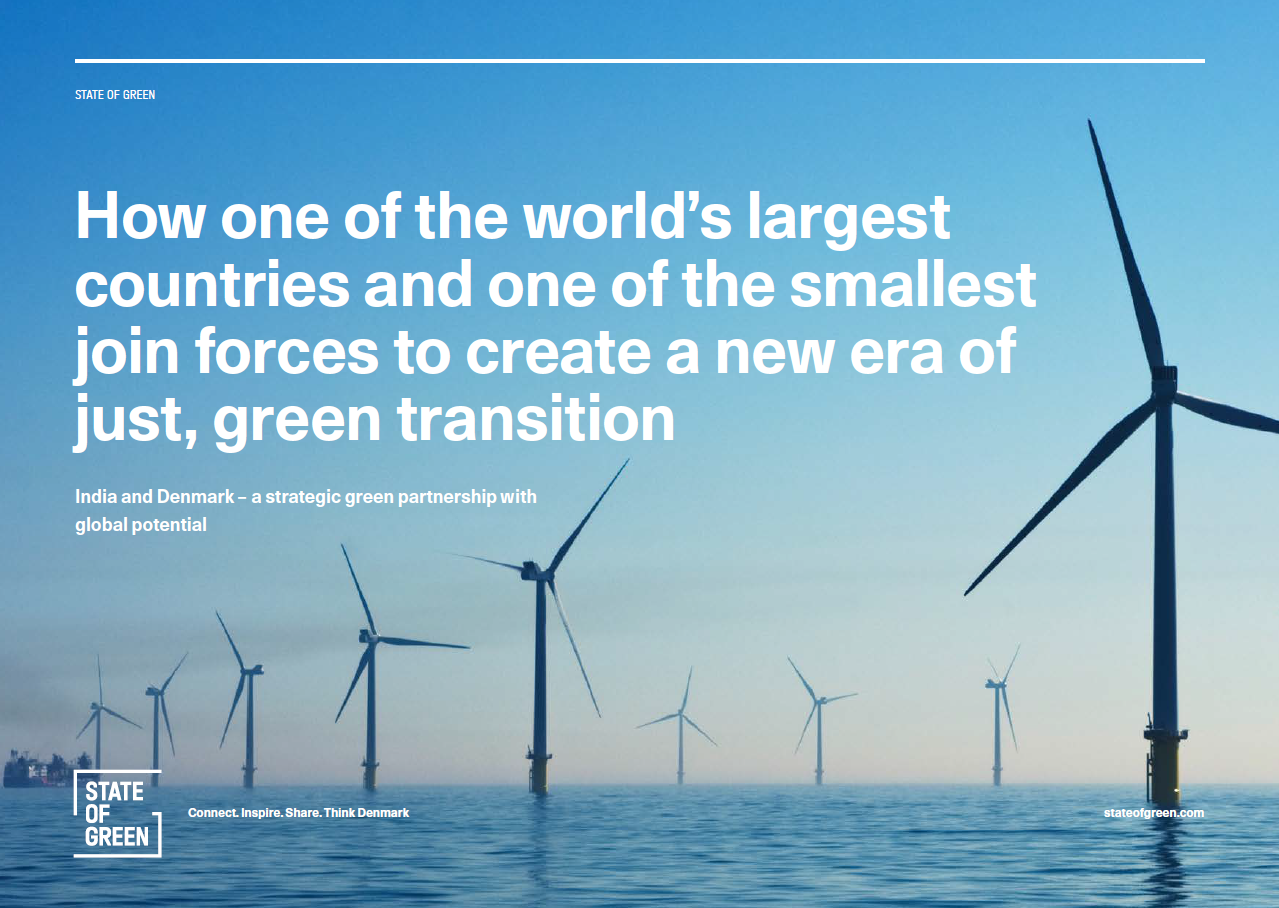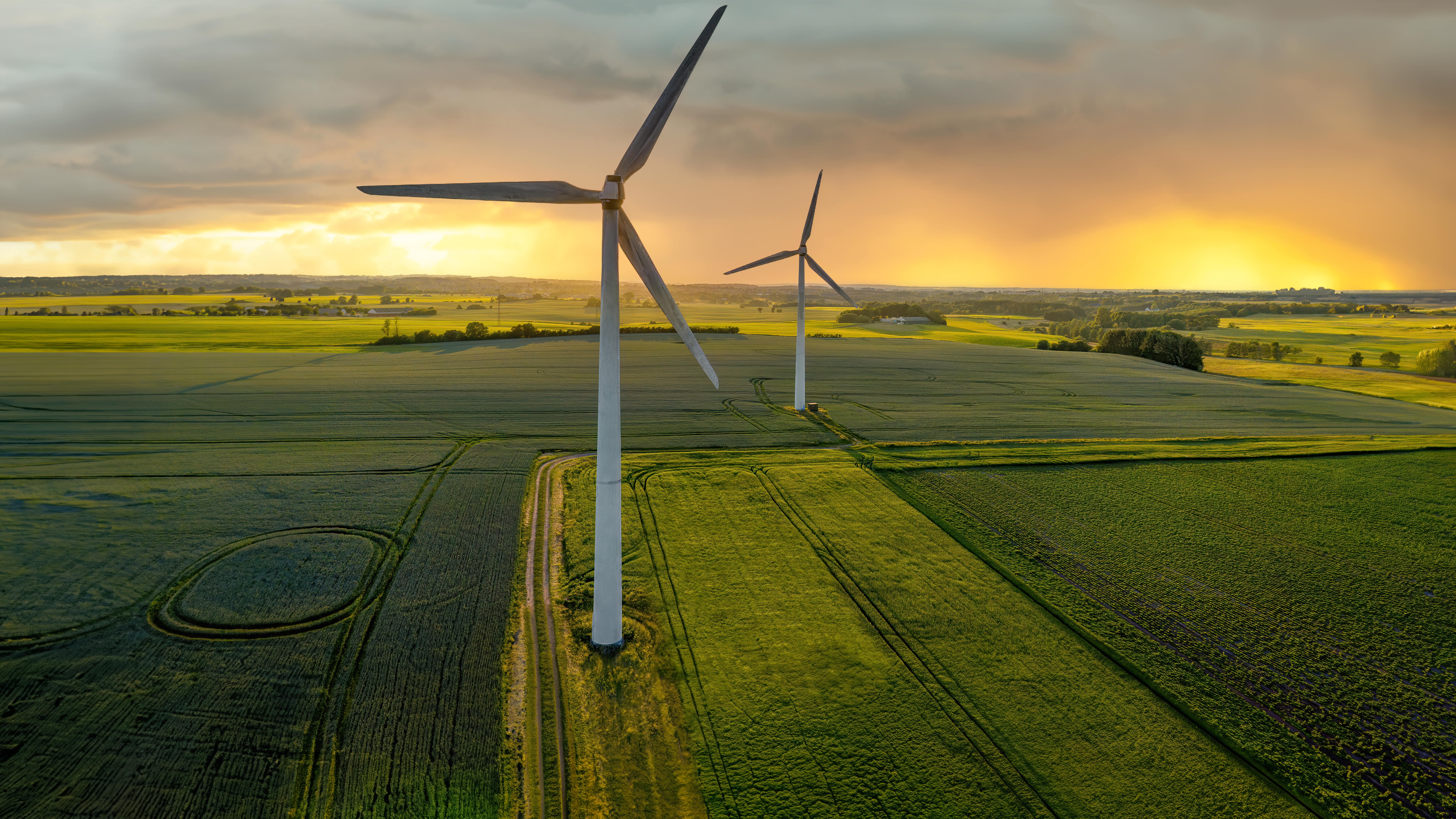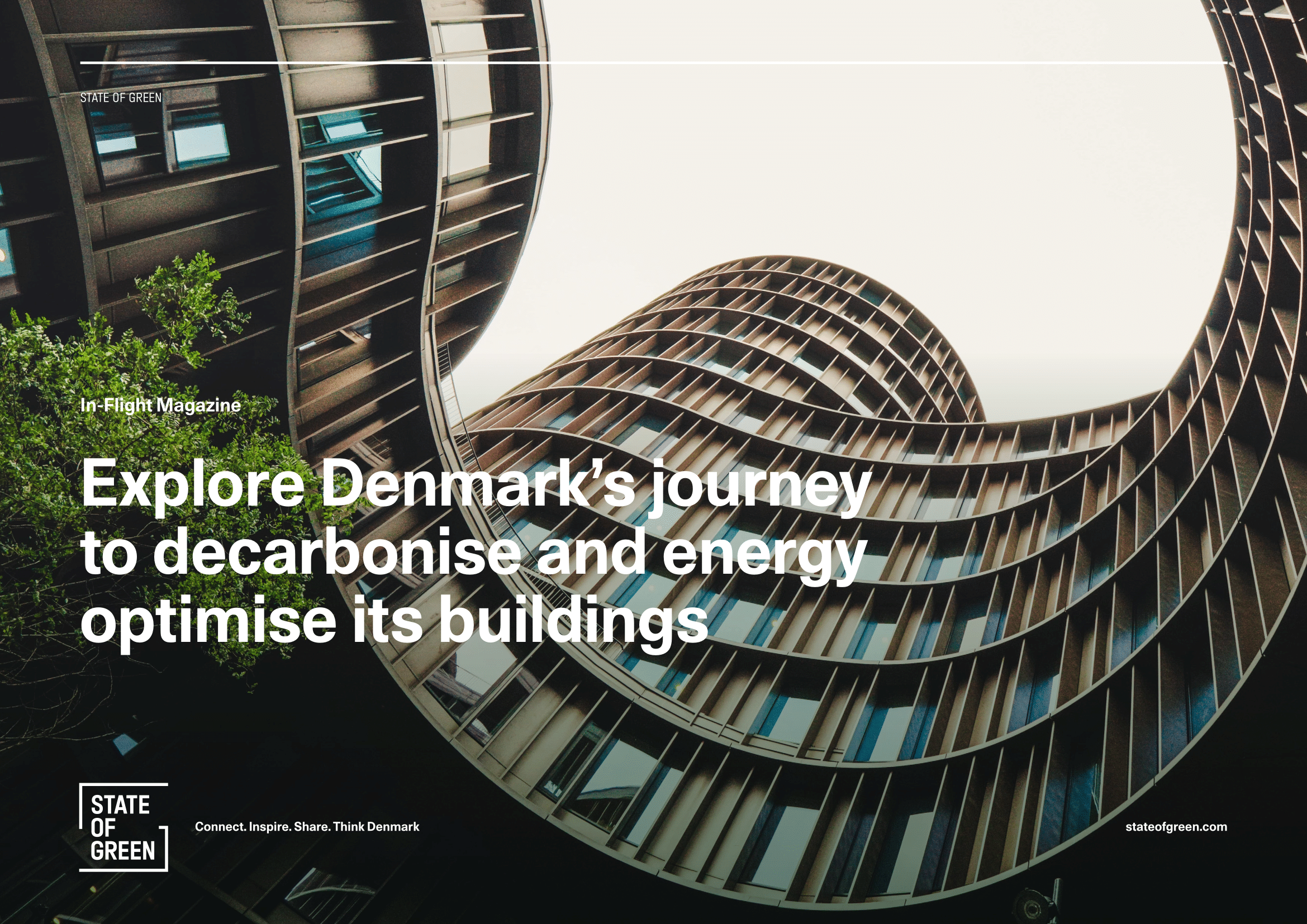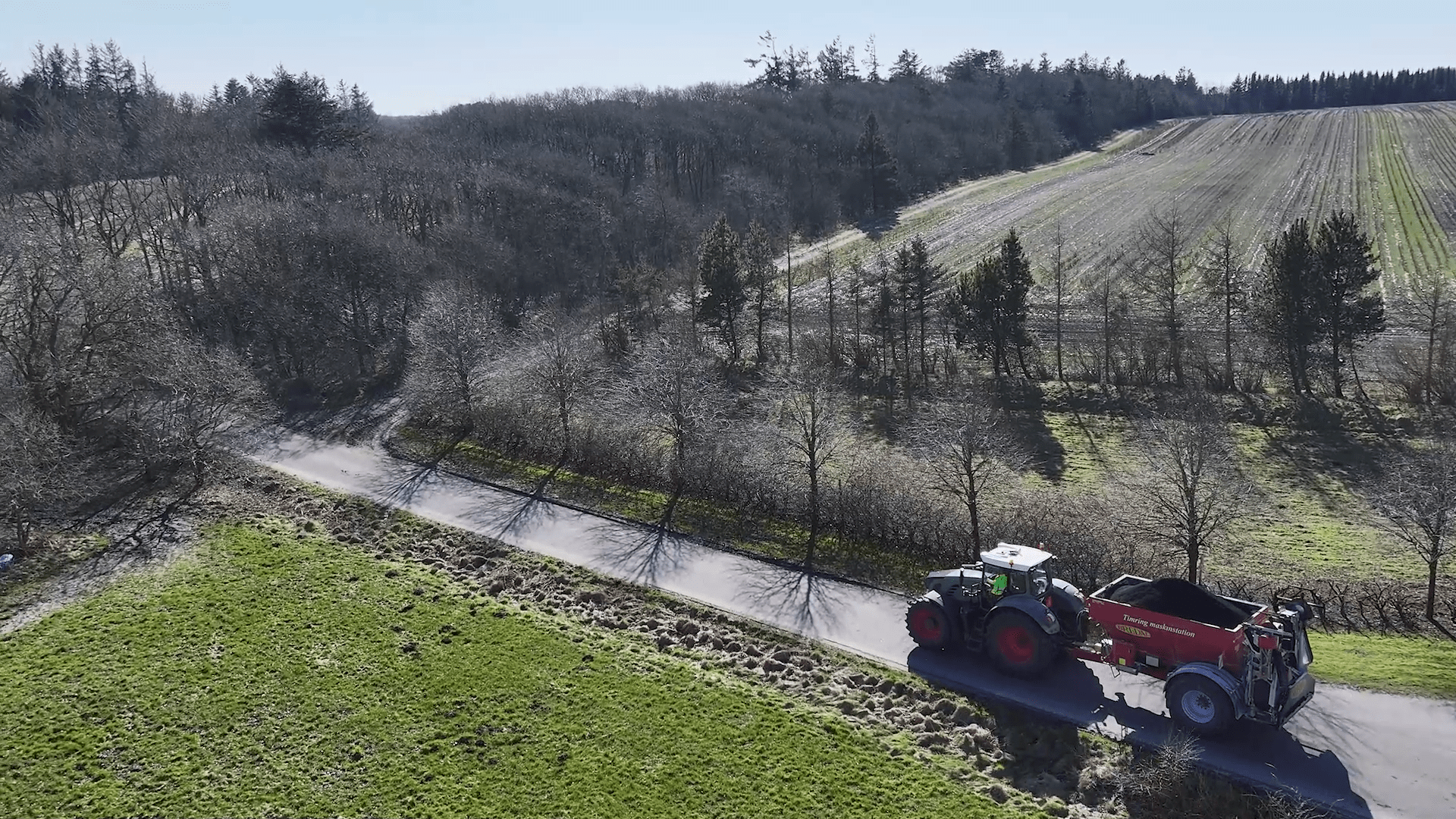News
Biomass
District heating
Historic Change: Green District Heating for Denmark’s Second-Largest City


One of the biggest CHP plants in Denmark is ready to supply green district heating to Aarhus and the surrounding area. After over two years of intense work converting the Studstrup plant, the Minister for Energy, Utilities and Climate, Lars Chr. Lilleholt opened a plant able to burn wood pellets instead of coal on 10 October.
I am delighted that we can now open the new, green Studstrup plant, which will be able to supply green district heating to Aarhus and green electricity to the Danish grid. That means a significant contribution to the green revolution, and we're well on the way to an energy system that is green, independent and economically sustainable, says Thomas Dalsgaard, Group Director, DONG Energy.
Now, Studstrup Power Station in Denmark is ready to produce energy from wood pellets
instead of coal. A great step towards more green and sustainable energy production.
A milestone for Aarhus’ climate targets
The recently completed conversion of Studstrup is the biggest single event in the entire green revolution for Aarhus. The switch from coal to wood pellets at Studstrup not only gives the biggest total CO2 reduction in Aarhus to date, but is also the biggest conversion to green energy in Denmark.
Kristian Würtz, City Councillor for Technical Services and the Environment, looks forward to the massive benefits of switching from coal to wood pellets.
The conversion of Studstrup means that we have taken a massive and important step towards fulfilling our ambition of Aarhus becoming CO2-neutral by 2030. Green heat means that CO2 emissions for everyone in the city can be reduced by one tonne, from six to five tonnes per resident, he says.
- Download white paper: From sustainable biomass to competitive bioenergy
Green conversion of the Studstrup plant provides a lever for the city of considerable dimensions.
Burning wood pellets at Studstrup will mean a lot for achieving our climate targets. It gives us the incentive to go further with the green revolution, something we intend to pursue to a greater degree with residents and businesses, says Würtz.
- Read more about: Woody Biomass
The Climate Plan 2016-2020 will set the city's next climate target, and within the heating area, the new biomass-fuelled CHP station at Lisbjerg will also come on line within the next few months with green heating. The City Council will thus bolster green district heating again, ensuring green supplies for many years to come, as the Studstrup plant will supply 50% of the green district heating annually, and the biomass-fuelled CHP will supply 20% on an annual basis.
An excellent example
Apart from the switch from coal to wood pellets now completed, the city's Department of Waste and Heating built two massive electric boilers at Studstrup 18 months ago. They can generate electricity to produce district heating when wind turbines are running at full capacity, and electricity prices are low.
- Find Danish solutions within District Heating
Studstrup is an excellent example of how we make maximum use of our resources to the benefit of the climate, and ensure competitive prices for the consumer. We will use water, solar power and biomass and get the various technologies to work together to complement each other in the best way possible, says Dalsgaard.
The conversion, costing around DKK 13 billion, makes Studstrup one of the biggest biomass-fuelled power stations in the world. It is expected to produce district heating in the future based on biomass for around 106,000 homes, with green electricity equivalent to the annual consumption of around 230,000 homes.
Facts:
- Minister for Energy, Utilities and Climate Lars Chr. Lilleholt opens the Studstrup plant with City Councillor for Waste and Heating, Kristian Würtz, on 10 October 2016.
- A new silo has been built at Studstrup with a capacity of 65,000 tonnes of wood pellets. The silo is 43 metres high, and has a diameter of 70 metres.
- A conveyor system totalling around 800 metres has been built to bring the new fuel from ships to the silo and into the converted power station.
- Green conversion at Studstrup will save the City of Aarhus 310,000 tonnes of CO2 annually. That's equivalent to one tonne of CO2 per year per resident. The population of Aarhus is on the way to reach 332,000, and the total CO2 emissions for each resident to date has been six tonnes - now reduced to five tonnes.
Contact details
Head of the Department of Waste and Heating, Bjarne Munk Jensen, tel. 29 20 92 74
Source: City of Aarhus
You should consider reading
News
Urban planning and development
+12
Aalborg prepares to host international conference on sustainable cities
10 May 2024publications
Energy efficiency in buildings
+12
Explore Denmark's journey to decarbonise and energy optimise its buildings
21 June 2023solutions
Carbon capture, storage and utilisation
+5
